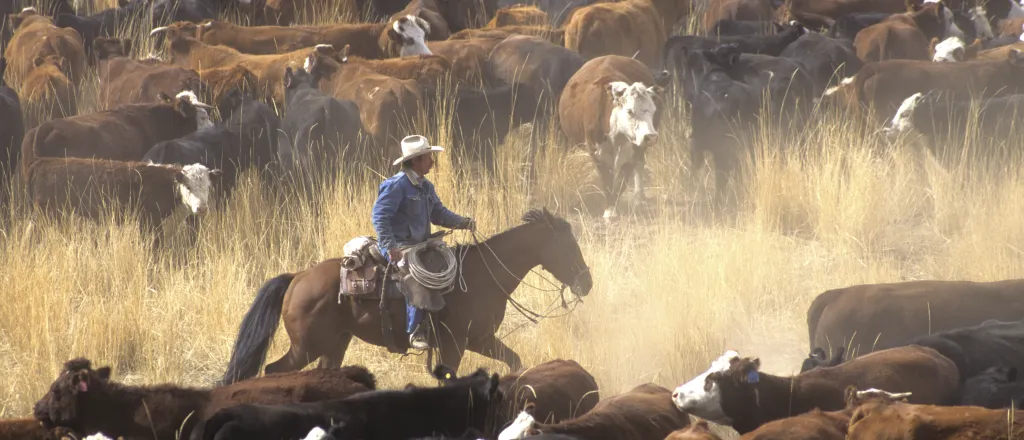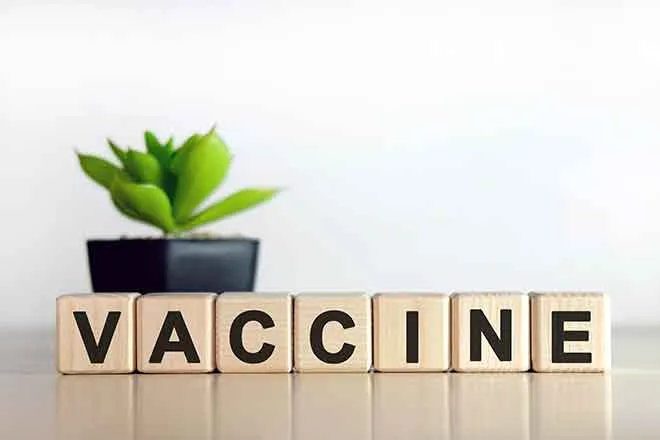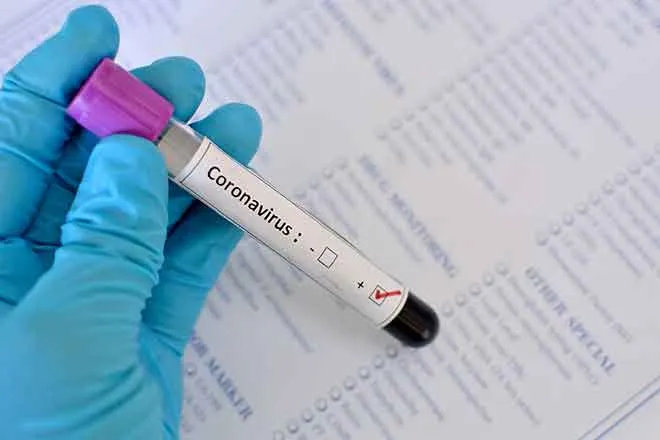
Oklahoma cattle producers still in recovery mode
(The Center Square) – The COVID-19 pandemic put Oklahoma cattle producers in an unprecedented bind, making it difficult for them to get products to market.
Dr. Derrell Peel, an agricultural economist at Oklahoma State University, said the pandemic-related shutdowns were the initial problem, but then grew to a bottleneck effect of demand.
"The initial closure of the foodservice sector caused beef product market disruptions and bottlenecks and essentially diverted half of beef demand from foodservice onto retail grocery, the other half of the total food sector," Peel told The Center Square. "A second wave added to these impacts when COVID-19 caused unprecedented disruptions in beef packing and processing and resulted in product shortages that lasted a few weeks."
Chancey Hanson, director of communications at Oklahoma Cattle Industry, said rising cattle prices and the beef supply chain slowing nationally were also contributions to the market disruption.
"Cattle price volatility, specifically within the live or fed cattle market, was a major challenge during the pandemic," Hanson told The Center Square. "As the national beef supply chain slowed and paused in some cases, this caused an oversupply of live cattle backing up the live portion of the chain. Since Oklahoma is a major source of feeder cattle, this market disruption was profound."
Now, cattle producers are facing different obstacles. Peel said challenges the industry is currently facing are widespread drought across many regions of beef country, along with feed grain (corn) prices that have risen to the highest levels in seven years.
"At the current time, large supplies of fed cattle, carried over from late 2020, have pushed cattle slaughter to the limits of capacity in the packing industry currently and are causing a secondary backlog of cattle that is causing low cattle prices at the current time," Peel said. "My expectation is that, barring any additional shocks, the industry should return to a mostly normal flow of production by the end of 2021. Food markets are returning to normal with food service rebounding and overall beef demand is very strong now. Cattle producers will eventually see the benefits of that strong demand but they are not at the current time."
Hanson said a lack of packing capacity is another current challenge.
"Simply put, we need more packing capacity to match not only the number of cattle we produce but also the demand for US beef," Hanson said. "We are working to expand small local packing capacity in Oklahoma. This is a slow and methodical process but can have long-term benefit to not only individual producers seeking to market their own beef, but also to the industry as a whole by adding capacity."
It looks, though, as if beef production and consumption are uninterrupted now, according to Jake Nelson of Robert M. Kerr Food & Agricultural Products Center at Oklahoma State University.

















